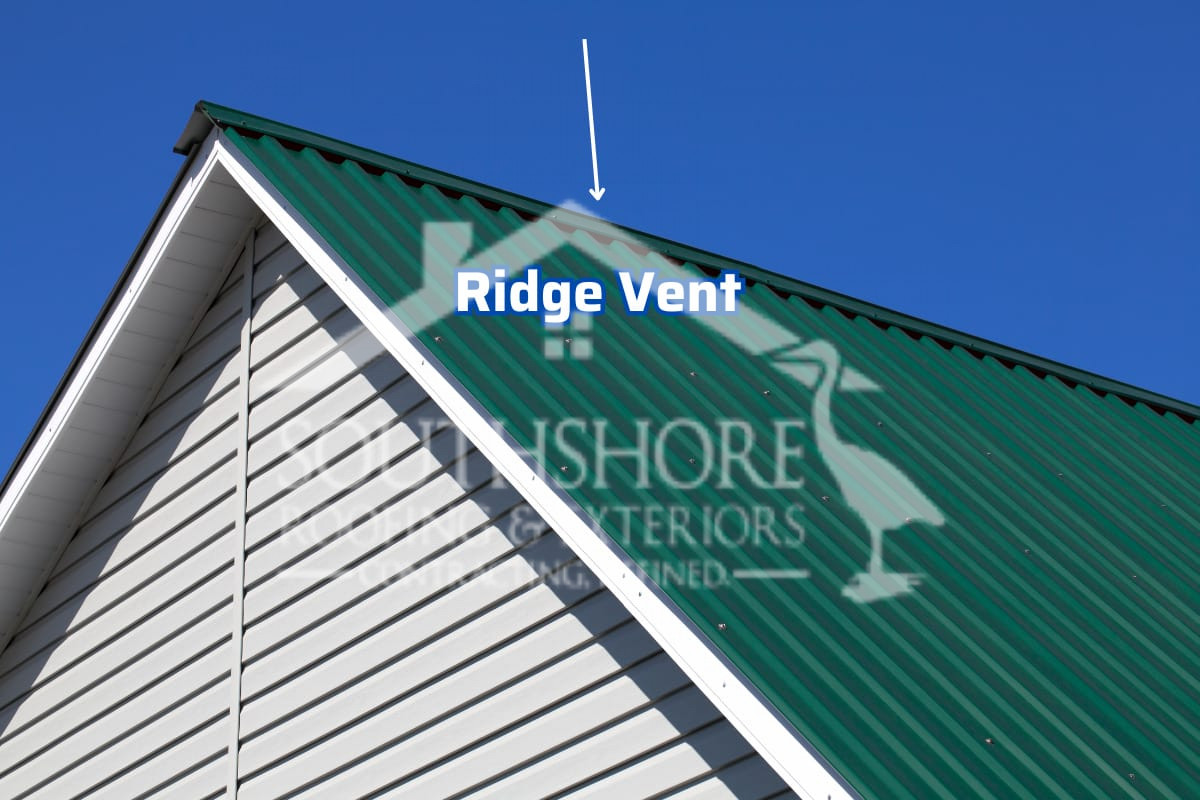Ridge vents play a crucial role in this, especially considering Tampa’s unique climate. Think of your roof as a critical component in helping your house ‘breathe.’ Ridge vents are the mechanisms that facilitate this process, ensuring your home stays cool and comfortable.
In this blog post, we will dive into the importance of ridge vents for metal roofs. By the end, you’ll have a clear understanding of how to select the right ridge vents for your metal roof, setting you up for a cooler and more comfortable living space in Tampa’s warm climate.
Why Are Ridge Vents Important for Metal Roofs?
Why do ridge vents matter? They keep your house cool, protect your roof from damage, and make your air conditioner’s job easier. They’re openings at the very top of your roof that let out heat that’s built up in your home. This is crucial, especially in places like Florida, where metal roofs can get really hot under the sun.
Good ventilation is a must for any roofing system, including metal roofs. It helps prevent moisture buildup and keeps your home energy efficient. Here are some more points to keep in mind that will help you get a better understanding of exactly ridge vents do:
#1. Keeps the Attic Cool and Dry
Ridge vents help get rid of extra moisture and heat from your attic. This stops problems like mold, structural damage, and insulation issues. They balance the internal temperature of your home and attic, ensuring that an even temperature is maintained.
#2. Prevents Damage
If you don’t have ridge vents, moisture can build up and cause condensation. This can cause your roof deck to rot and turn into a home for mold.
#3. Saves Energy
By maintaining an even temperature across your home, ridge vents prevent overspending on energy bills in order to keep the home cool. This is a great energy-efficient benefit.
#4. Makes The Roof Last Longer
By removing warm, damp air, before it turns into dew, ridge vents help your roof last longer. This stops water damage, mildew, and mold, saving you money on repairs and replacements.
Types of Ridge Vents
Choosing the right type of ridge vent is essential for optimal performance and longevity. This section explores the different types of ridge vents that are suitable for metal roofs, including those with metal shingles.
1. Externally Baffled Ridge Vents
Design and Functionality: These vents feature an external baffle design that creates enhanced airflow, effectively drawing out hot air from the attic.
Application: Ideal for various metal roofing types, including standing seam and corrugated metal roofs. They are highly effective in preventing rain and snow infiltration.
2. Shingle-Over Ridge Vents
Compatibility with Metal Shingles: When dealing with metal shingle roofs, shingle-over ridge vents are a compatible option. These vents are covered with the same metal shingle material, ensuring a cohesive look.
Aesthetics and Efficiency: They offer an efficient ventilation solution while maintaining the aesthetic continuity of the roof.
3. Continuous Ridge Vents
Maximum Ventilation: Continuous ridge vents run the entire length of the ridge, offering the most comprehensive ventilation coverage.
Material and Durability: Typically made from durable materials like aluminum or galvanized steel, they are designed to withstand harsh weather conditions and are suitable for a variety of metal roofs.
5. Low-Profile Ridge Vents
Subtle Design: For those seeking a less visible ventilation option, low-profile ridge vents blend seamlessly with the roofline.
Versatility: Compatible with most metal roofing styles, including metal shingles, standing seam, and corrugated metal roofs.
6. Vented Ridge Caps
Integrated Solution: Vented ridge caps are designed as part of the roofing system, providing ventilation along with the ridge cap functionality.
Metal Roof Integration: They are specifically engineered to integrate with metal roofing systems, ensuring a perfect fit and effective ventilation.
Also Read: Best Roof Vents For Metal Roof

Factors to Consider When Choosing A Ridge Vent
When selecting ridge vents for metal roofs in Tampa, Florida, it’s essential to consider a variety of factors in order to achieve optimal ventilation and maintain a well-protected roof. The size and pitch of your roof play a crucial role in determining the appropriate vents. Equally important is the compatibility of the vents with your specific metal roofing materials. Regardless if you have metal shingles, corrugated, or standing seam panels, you want a ridge vent that seamlessly integrates with the rest of your roof. ensuring a seamless integration. Proper installation is also key to the effectiveness of these vents, as it directly impacts their ability to function correctly.
Here are some other key factors to consider:
1. Roof Design and Specifications
Size and Pitch of the Roof: The size and slope of your roof determine the type and size of ridge vent required. A steeper pitch or larger surface area may need a more robust venting system to ensure adequate airflow.
Compatibility with Metal Roofing: Ensure the ridge vent is compatible with metal roofing materials. Incompatibility can lead to improper installation, leaks, or damage to the roofing structure.
2. Ventilation Efficiency
Airflow Capacity: Check the vent’s airflow capacity, which is crucial for removing hot air and moisture from the attic effectively. The vent should provide enough airflow to keep your home cool and prevent moisture buildup, which can lead to mold and rot.
3. Weather Resistance and Durability
Resistance to Weather Elements: In Tampa, the vent must withstand high temperatures, humidity, and extreme weather events like hurricanes and storms. Look for vents specifically designed to resist these elements without compromising ventilation.
Durability and Material Quality: The durability of the vent is also vital. Choose materials that are resistant to corrosion and UV degradation to ensure longevity and sustained performance.
4. Installation Requirements
Ease of Installation: Consider how easy the vent is to install. Some vents may require professional installation, which can be an additional cost.
Sealing and Waterproofing: Proper sealing and waterproofing are crucial to prevent leaks. Ensure the ridge vent design includes features that promote a watertight seal with your metal roof.
5. Aesthetic Considerations
Visual Impact: The ridge vent should complement the overall look of your roof. Some vents are designed to be low-profile and less visible, while others can be more prominent.
Color and Style Options: If aesthetics are a priority, check for color and style options that match or enhance your roof’s appearance.
6. Cost and Budget
Initial Investment vs. Long-Term Benefits: While cost is an important factor, consider the long-term benefits of a higher-quality vent, such as improved energy efficiency and reduced maintenance costs.
Warranty and After-Sales Support: Look for products with a strong warranty and good customer support, as this provides information on the quality and reliability of the ridge vent.
Install Ridge Vents Today On Your Tampa Home
Living here can sometimes feel like being in a sauna, as the high temperatures and humidity are a challenge in this area. To alleviate this issue, you’ll want a professional team to install ridge vents in your home. Luckily, the roofing specialists at SouthShore Roofing & Exteriors, have the experience to do just that. Our professionals can install ridge vents on your metal roof, and provide other roofing services such as repairs and replacements.
Give us a call at (813) 400-3329 to find out how we can help you!




